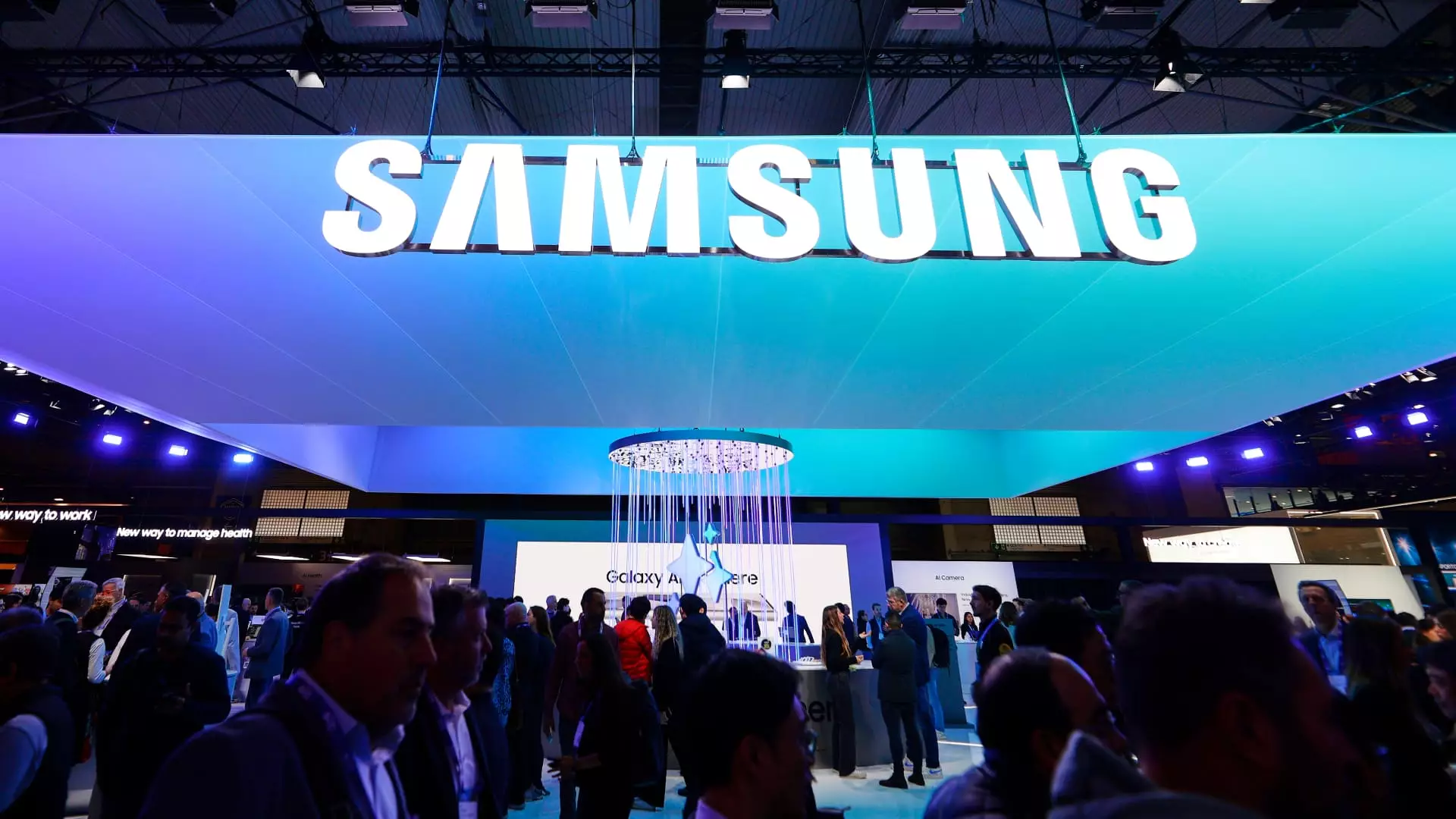Samsung Electronics recently announced its second-quarter results, reporting higher-than-expected revenue and operating profit. The company saw a revenue of 74.07 trillion Korean won, which translates to about $53.45 billion, surpassing analysts’ average estimate of 73.74 trillion Korean won. Additionally, Samsung’s operating profit reached 10.44 trillion Korean won, exceeding the projected 9.53 trillion Korean won. This robust performance can be attributed to the sustained demand for advanced memory chips crucial for artificial intelligence (AI) training.
Driving Factors Behind the Growth
The South Korean tech giant witnessed a significant increase in revenue, jumping by 23.42% compared to the same period last year. Moreover, the operating profit soared by a staggering 1,458.2%. Samsung attributed this success to the strong demand for high-bandwidth and conventional memory chips, such as dynamic random access memory (DRAM), driven by customers expanding their AI investments. This highlights the growing importance of memory chips in the era of AI technology.
Looking ahead into the second half of the year, Samsung anticipates continued strong demand for AI-related products, especially in the server segment. The company foresees server-products like High Bandwidth Memory (HBM) and Solid-State Drives (SSD) to maintain their growth trajectory. However, Samsung also acknowledges the challenges of meeting this increased demand, particularly in terms of expanding capacity for memory chips, which could impact the supply chain.
Following the announcement of its second-quarter results, Samsung’s shares rose by up to 1.35%. The company’s success mirrors the overall positive trend in the memory chip market, buoyed by the AI boom and increasing investments in semiconductor technology. Analysts predict a continued uptrend in memory prices, which bodes well for Samsung’s profitability in the coming quarters. The recent developments in the AI semiconductor roadmap by key players like Nvidia further reinforce this positive outlook for the memory chip industry.
Challenges in the Smartphone Business
Despite the overall positive performance, Samsung faced challenges in its smartphone business during the second quarter. The company experienced a decline in smartphone sales, mainly due to the base effect of new model launches in the previous quarter. While the Galaxy S24 series continued to witness strong demand, the premium segment faced a sequential decrease. Rising prices of key components also impacted the profitability of Samsung’s smartphone division.
Strategies for Growth
To address these challenges and capitalize on its strengths, Samsung is focusing on pushing its premium Galaxy AI products in the market. The company recently announced the global availability of its latest Galaxy devices, including the Galaxy Z Fold6, Z Flip6, Watch Ultra, and Ring. By leveraging innovation and differentiation in its product portfolio, Samsung aims to drive growth and enhance its operational performance in the second half of the year.
Samsung Electronics’ second-quarter results demonstrate its resilience and adaptability in a competitive market environment. Through strategic investments in memory chip technology and a focus on product innovation, Samsung continues to position itself as a key player in the global semiconductor industry. As the demand for AI-related products and premium smartphones grows, Samsung’s ability to navigate challenges and capitalize on emerging trends will be crucial for its sustained success in the future.

